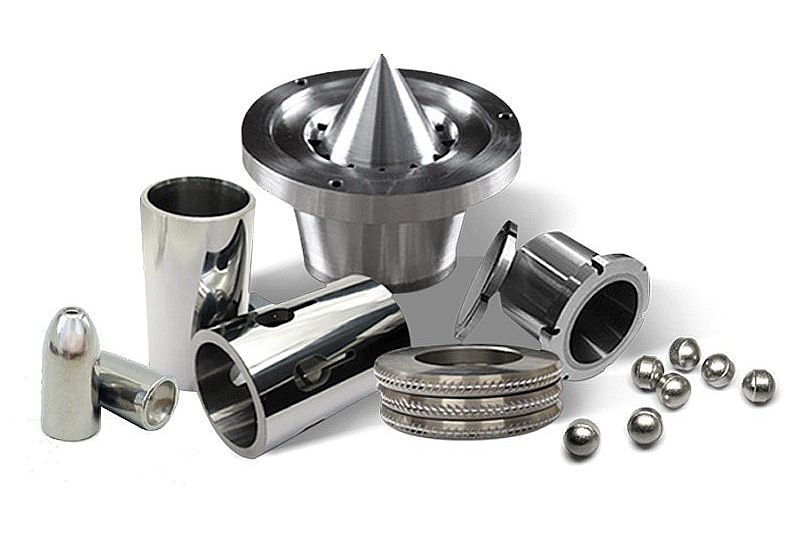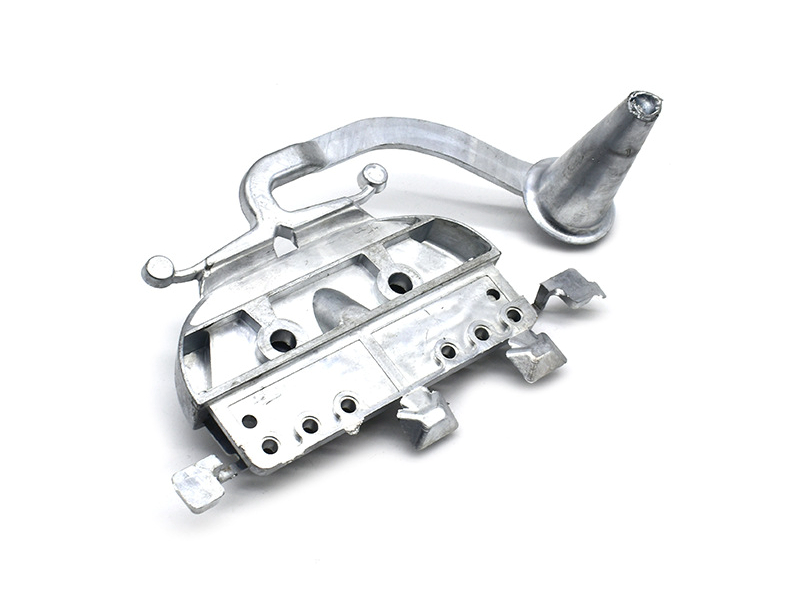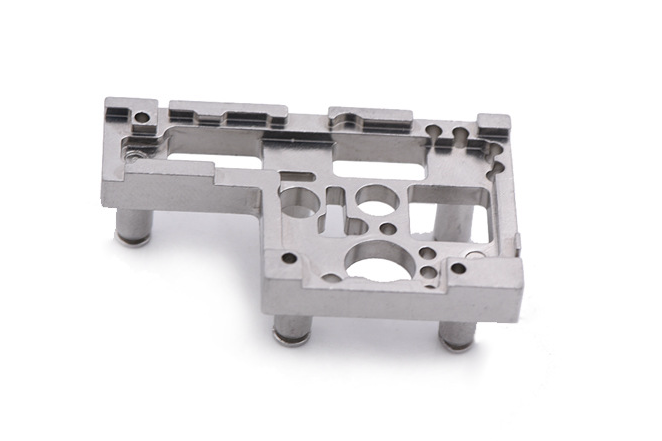How does Neway meet ISO 13485 and other medical device quality regulations?
Meeting ISO 13485 and other global medical device regulations requires a controlled manufacturing environment, validated processes, comprehensive risk management, and full traceability from material sourcing to final inspection. At Neway, our approach integrates precision manufacturing technologies with strict regulatory compliance protocols to ensure that every surgical instrument or medical component is delivered with verifiable safety, functionality, and biocompatibility.
ISO 13485-Compliant QMS and Process Validation
Neway operates under a dedicated Quality Management System structured in accordance with ISO 13485 requirements. Each project begins with risk assessment and documentation of Critical-to-Quality (CTQ) features, followed by design reviews and validation testing. Manufacturing methods such as CNC machining prototyping, metal injection molding, and injection molding undergo process capability studies, ensuring Cp/Cpk performance aligns with medical device tolerance standards. When required, IQ/OQ/PQ (Installation, Operational, and Performance Qualification) documentation is provided as part of the validation package.
Material Traceability and Certification
All medical materials—including MIM 316L stainless steel and biocompatible PEEK—are sourced from qualified suppliers and supported by material certificates and lot traceability. Material composition, heat treatment status, and design history are recorded throughout the manufacturing cycle. For precise instruments or micro-implants, prototype evaluation is performed using 3D printing prototyping to verify geometry before tooling investment and regulatory submission.
Controlled Environment and Post-Processing
Critical medical parts are manufactured in controlled areas with strict handling procedures. Surface treatments such as electropolishing and passivation reduce contamination risk and improve sterilization performance. Where required, assembly or molded components are produced using overmolding and insert molding to ensure precise alignment and dimensional integrity, all validated with inspection procedures aligned with ISO standards.
Inspection, Measurement, and Documentation
To ensure full compliance, Neway uses statistical process control and advanced metrology. Dimensional measurements are performed using CMMs, optical equipment, and surface profilometers. Sterilization endurance testing and functional performance tests are documented for submission to regulatory bodies. Records are maintained digitally to support audits and regulatory traceability and aligned with ISO 13485 documentation control protocols.
Risk Management and Regulatory Support
Throughout development, engineers apply FMEA, DFMEA, and PFMEA to identify and mitigate potential failures. For projects that require additional compliance, Neway supports documentation aligned with FDA 21 CFR Part 820, CE marking, and biocompatibility validation. Prototyping through prototyping allows for usability testing and feedback loop integration, significantly shortening regulatory approval timelines.
Continuous Improvement and Audits
Internal audits and customer audits are periodically conducted to verify compliance readiness. Data from production inspection, process monitoring, and equipment calibration are analyzed to drive corrective actions and continuous improvement. All quality records are retained according to regulatory retention timelines, providing confidence across the entire life cycle of medical devices.



